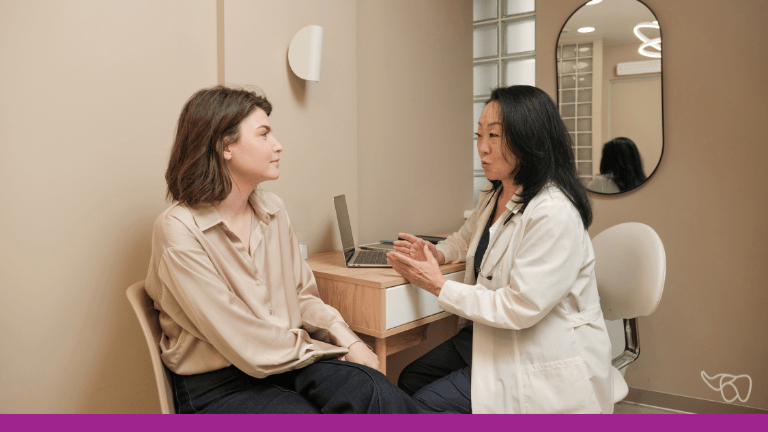How to Handle Patient Complaints in a Dental Office: 7 Essential Steps
- Patient Care
- 11/05/2024
- BY Leah Crites
Even the best dental practices will receive a complaint from time to time. While getting a complaint may initially cause us to react negatively, following a structured plan can help defuse emotion so we can handle patient complaints with professionalism.
Patients decide within moments whether or not they feel heard and respected, which can determine whether they’ll return, post a review, or refer others. A well-trained team can take an objection and turn it into reassurance and even loyalty.
This 7-step framework gives your team a clear process to help them respond with clarity and compassion to patient complaints.

Stay Calm
Take your emotional temperature. Stay calm by taking a deep breath, exercising restraint, and depersonalizing the situation.
Focus on the problem at hand, and ask yourself how you would feel if you were in the patient’s shoes. Remember, even if the patient is complaining about something you did, you should not take it as a personal attack.
Listen
Do not interrupt the patient. Let them state their complaint and actively look for the central problem. Sometimes, patients are not always sure exactly what they are upset about, and it may take them a moment to organize their thoughts and get to the root of the problem.
Acknowledge
Thank the patient for bringing the problem to your attention, and authentically apologize for the situation if it is appropriate. Listening and acknowledging the patient’s issues are the first and most important parts of complaint resolution.
Try to empathize or sympathize with the patient’s situation. Understanding how someone is feeling is not the same as agreeing with their feelings or perspective. You can offer understanding without assigning or accepting responsibility for the mistake or problem.
Restate the Problem & Gather More Information
Once the patient has finished speaking, restate their problem in your own words. This allows you to clarify what the problem is before you offer a solution, and lets the patient know that you were actively listening.
If you are unable to determine what precisely the problem is, ask questions so that you can gain a better understanding of the situation.
Propose a Solution or Commit to a Timely Response
Now that you have all the information you need, you can propose a solution. This may involve providing the patient with information so they can better understand the situation (such as policy or procedure guidelines). If you cannot resolve the situation immediately, commit to getting back to the patient after you have the required information.
Give them a specific date for when they should hear from you, and make sure that they receive a response by the agreed-upon date. If you are not able to personally respond to the patient, follow up with the person responsible for communicating with the patient.
Ask for Feedback or Alternatives
Ask the patient if they feel that the proposed solution is acceptable. If they are not satisfied, find out how they would like the situation handled and, if possible, adjust your response accordingly. Try and look for common ground, and do not hesitate to ask for help from one of your team members if you need it.
Restate the Solution & Agreements
Before the patient leaves, summarize the agreed-upon solution or confirm when you will get back to the patient with a proposed solution. This helps avoid miscommunication and ensures that both you and the patient agree on the solution.
Turn Patient Complaints into Trust-Building Opportunities
With training and structure, the occasional patient complaint can actually become a chance to reinforce trust instead of losing it.
Teach your team these 7 steps to give them confidence to handle unexpected criticism with grace and empathy. When your team has the right training and systems in place, even difficult conversations can have a positive outcome.


